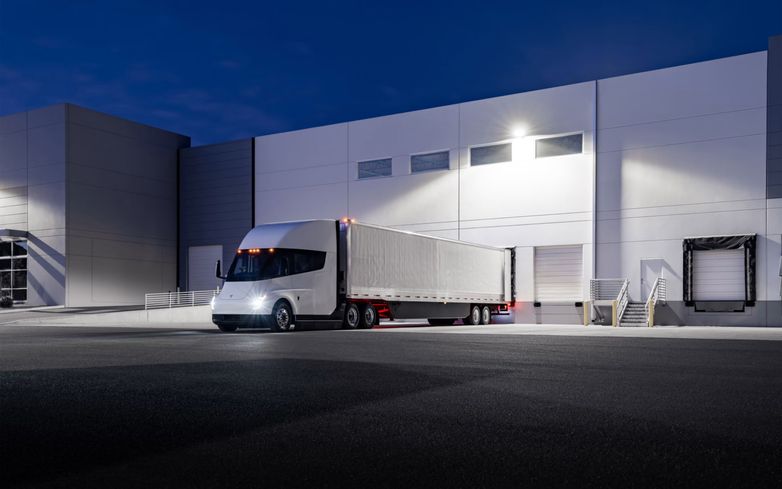Introduction:
In the dynamic landscape of logistics and supply chain management, the wheels of change are turning toward sustainability. As we navigate the challenges of the 21st century, one key component stands out as a driving force for positive environmental impact: transportation. This blog explores the pivotal role of green logistics in reshaping transportation practices and contributing to a more sustainable future.
Understanding Green Logistics in Transportation:
Defining Green Transportation: Green transportation within the logistics realm involves the adoption of eco-friendly practices and technologies in moving goods from point A to point B. It encompasses strategies to reduce carbon emissions, minimize energy consumption, and optimize routes for efficiency.
Key Components of Green Transportation:
- Alternative Fuels:
- Explore the use of alternative fuels such as electric, hybrid, or biofuels in the logistics fleet. Discuss the benefits of reducing dependence on fossil fuels and the positive impact on air quality.
- Optimized Routes and Smart Logistics:
- Highlight the importance of data analytics and technology in optimizing transportation routes. Discuss how smart logistics systems can reduce fuel consumption, minimize traffic congestion, and improve overall efficiency.
- Collaborative Shipping Practices:
- Introduce the concept of collaborative shipping, where multiple companies share transportation resources. Discuss the benefits of consolidated shipments, including reduced emissions and cost savings.
The Environmental and Economic Benefits:
Reducing Carbon Footprint: Green transportation plays a vital role in reducing the carbon footprint of the logistics industry. Discuss how the adoption of electric vehicles and other eco-friendly practices contributes to a lower overall environmental impact.
Cost-Efficiency and Long-Term Savings: Contrary to the misconception that green transportation is cost-prohibitive, delve into the long-term cost savings achieved through fuel efficiency, reduced maintenance costs, and compliance with environmental regulations.
Overcoming Challenges in Green Transportation:
Investment and Infrastructure: Address the challenges associated with the initial investment in green transportation technologies and the need for supportive infrastructure. Discuss how governments, industries, and technology providers are working together to overcome these challenges.
Consumer Expectations and Market Trends: Explore the impact of changing consumer preferences and market trends on the logistics industry. Discuss how companies adapting to green transportation practices gain a competitive edge in the market.
Case Studies and Success Stories:
Provide real-world examples of companies that have successfully implemented green transportation strategies. Highlight the positive outcomes, including reduced emissions, cost savings, and improved brand reputation.
Conclusion:
In the quest for a sustainable future, the wheels of change are indeed in motion. Through green logistics and sustainable transportation, the logistics industry can contribute significantly to environmental preservation and economic viability. As we drive towards a future that prioritizes the planet, green transportation stands as a beacon of innovation and responsibility.
Call to Action:
Join the conversation! Share your thoughts on green transportation and sustainable logistics. Whether you’re a logistics professional, a business owner, or a conscious consumer, your actions contribute to the larger movement towards a greener, more sustainable world.

